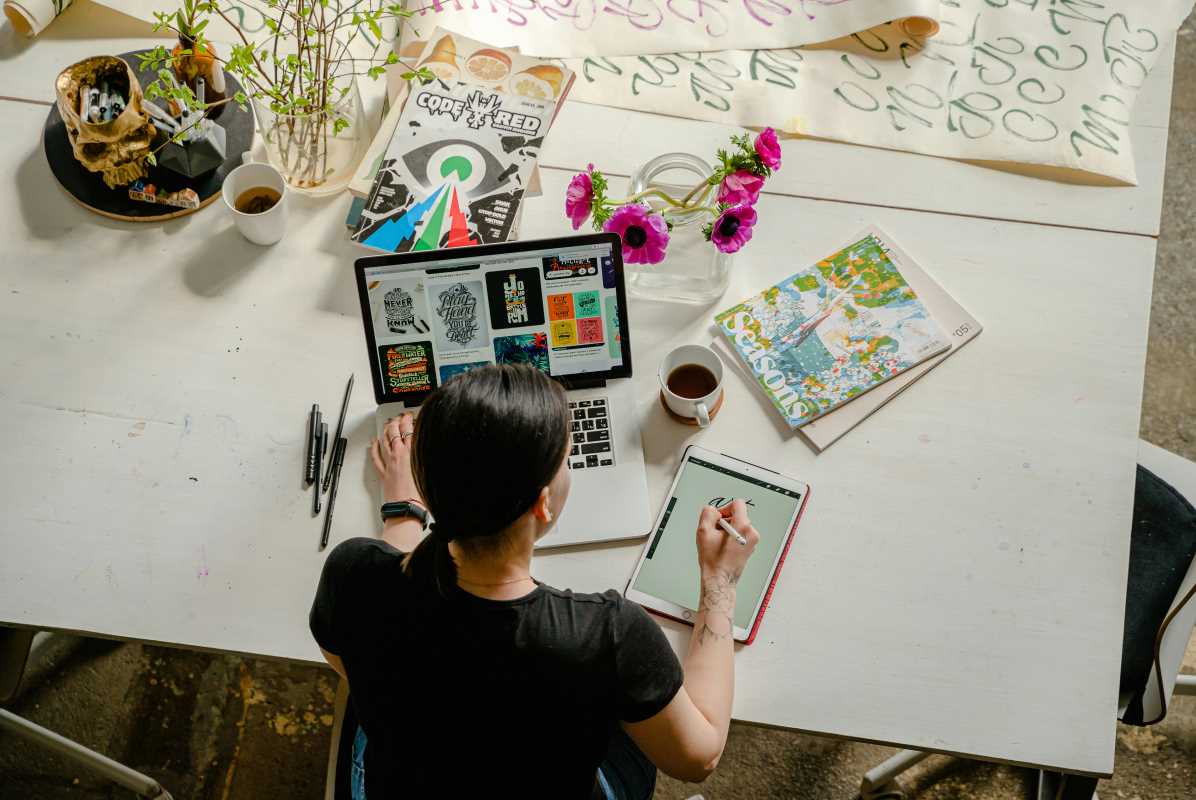Artists navigating the gig economy face a constantly shifting landscape filled with both exciting opportunities and complex challenges. Unlike traditional employment, gig-based work often lacks a clear path, which can make long-term growth feel uncertain. Without a structured environment, artists must take ownership of their development—sharpening creative skills, managing fluctuating workloads, and building sustainable routines. Creating a personal growth plan enables artists to stay focused, organized, and proactive in reaching their goals. It helps turn uncertainty into potential by providing direction and measurable progress. Whether the aim is creative excellence, financial stability, or personal fulfillment, intentional growth allows artists to navigate the gig economy with greater confidence and clarity. With the right mindset and tools, they can transform their freelance careers into thriving artistic journeys.
Understanding the Gig Economy
The gig economy features short-term contracts, freelance work, and flexible job structures. Unlike traditional employment, it offers artists the freedom to choose projects, set their own hours, and collaborate with a diverse range of clients. This flexibility allows for creative exploration and the ability to take on multiple projects that can enrich an artist’s portfolio.
The gig economy also presents challenges such as income instability, lack of benefits, and the constant need to secure new work. Artists must continuously market themselves, manage finances carefully, and adapt to varying client demands. Despite these hurdles, the gig economy provides immense opportunities for growth, networking, and the ability to build a personalized career path that aligns with individual artistic goals.
Defining Personal Growth Goals
Setting clear personal growth goals is the first step for gig economy artists looking to advance their careers. Here are some examples of what these goals might look like:
- Improve technical skills in a specific art medium.
- Expand professional network by attending industry events.
- Increase online presence through social media and a personal website.
- Secure a certain number of paid gigs each month.
- Develop a unique artistic style that sets you apart.
To set achievable and measurable goals, artists should use the SMART criteria: Specific, Measurable, Achievable, Relevant, and Time-bound. For instance, instead of aiming to "get better at painting," a goal could be "complete a painting course by the end of the quarter and create five new pieces using the techniques learned."
Developing a Customized Growth Plan
- Assess Current Skills and Resources: Begin by evaluating your current strengths, weaknesses, and the resources available to you. This assessment will help identify areas that need improvement and the tools required to achieve your goals.
- Set Clear Objectives: Define what you want to achieve in both the short and long term. Ensure that these objectives align with your personal and professional aspirations.
- Create an Action Plan: Outline the specific steps needed to reach each objective. This may include enrolling in courses, dedicating time to practice, or networking with other professionals.
- Monitor Progress: Regularly review your progress towards each goal. Adjust your plan as necessary to stay on track and address any challenges that arise.
- Seek Feedback: Engage with mentors, peers, or clients to gain insights into your work. Constructive feedback can provide valuable perspectives and guide your development.
Integrating Patience and Perseverance
Building a successful career in the gig economy requires patience and perseverance. Staying committed to your personal growth plan even when progress seems slow is important. Setbacks are natural, but maintaining a positive attitude and staying focused on your long-term goals will help you navigate through tough times.
Developing resilience is key. Celebrate small victories and learn from each experience. Understanding that growth is a gradual process will keep you motivated and prevent burnout. By consistently applying effort and staying patient, you can achieve meaningful and lasting progress in your artistic career.
Using Resources and Networking
The gig economy offers numerous resources that artists can use for their growth. Online platforms provide avenues to showcase work, connect with potential clients, and find collaborative opportunities. Investing in professional development through workshops, seminars, and courses can enhance your skills and keep you updated with industry trends.
Networking is another critical component. Building relationships with other artists, mentors, and industry professionals can open doors to new opportunities and partnerships. Attend local art fairs, join online communities, and participate in collaborative projects to expand your network. These connections can offer support, inspiration, and valuable insights that contribute to your personal and professional development.
With clear goals, patience, and the right support systems, gig economy artists can turn freelance challenges into fulfilling, lasting careers. A personalized growth plan is the foundation for long-term success.




.jpg)


